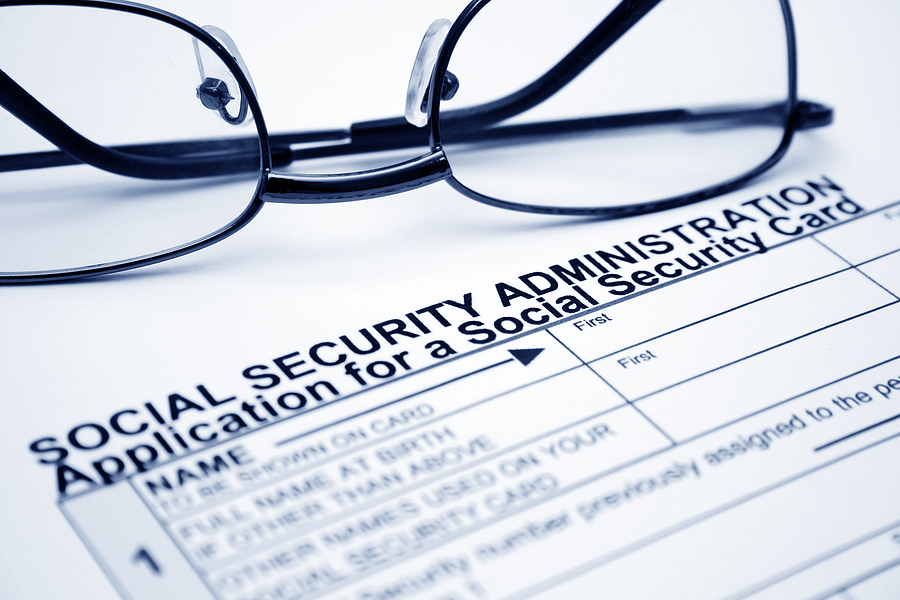Every year the Social Security Administration updates the program to accommodate those on the program and those joining. In 2021, there are multiple changes to everything, including a 1.3% cost of living adjustment (COLA) for those receiving Social Security monthly.
For individuals on Social Security Disability Insurance, or SSDI, there are also changes that include a slight increase in monthly benefits.
If you’re eligible for SSDI, understand that the amount you receive is based on the amount of money you earned in your life prior to the disability. You can apply for it if you worked long enough and earned enough “credits” over your lifetime. It is not based on the severity of your disability.

Benefit Increase
The average SSDI payments are generally between $800 and $1800 monthly, and the average monthly benefit is $1,277. The 1.3% raise also applies to SSDI benefits.
SSDI benefits range from $100 and top out at $3,148. In 2021, the monthly benefit payment for a non-blind is $1,310, and for a blind person is $2,190.
Increase In Earnings
A non-blind applicant for disability must be making less than $1,310 per month to receive SSDI, an increase of $50 a month and $600 annually. A disabled worker with a spouse and one or more children can receive $2,224 monthly, an increase of $29 from last year.
A blind applicant can earn up to $2,190 monthly, an increase of $80 per month and $960 annually.
Earning more than these amounts will lead to a disqualification since it becomes “substantial gainful activity,” or SGA.
Individuals who want to try going back to work may be allowed to do a trial work period (TWP), in which they can return to work on a part-time basis. However, there is a limit on allowable earnings during the TWP. The maximum you can earn during a TWP has increased to $940 per month for 2021.
Back Pay
Applying for and receiving disability is a long process that can take a considerable amount of time. Three factors figure into the amount of back pay you may receive:
- Your date of application for SSDI benefits
- The date you became disabled, or “established onset date” (EOD), when your disability began
- The five-month waiting period prior to your “date of entitlement,” or DOE
Once an EOD is established, there is a five-month period before SSDI payments begin. All back pay and any retroactive payments are paid in a lump sum.
Houston’s Social Security Attorney
Whether you’re applying for Social Security or Disability through Social Security, the laws are complex and the process difficult to maneuver. With an experienced disability law firm to help, you can get your application completed right the first time, and have a better chance of being awarded the benefits you deserve.
We’ve helped over 4,000 Houstonians get their disability benefits. The Herren Law Firm in Houston, TX can assist with your application, appeals, and records gathering to prove your case, and win your claim. Contact us today at 713-682-8194 (or use our online contact form) to schedule your free consultation. There’s no obligation and no up-front fees, and we only collect a fee if we win your case.







